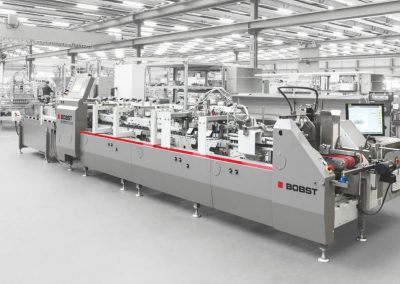Blog
SAP Analytics Cloud - Many pieces of data, One single system
In this session provided by our colleague and subject matter expert Deborah Dor, Senior Manager at our Tel Aviv office, you will be introduced to the basic functions of SAP Analytics Cloud and learn more about its’ advantages.
Why is SAP Analytics Cloud important? What do clients get out of it?
Deborah: On a quest to achieve expected planning results, financial or commercial teams are not always able to translate their needs into a methodic workflow and find it difficult to translate all of this into an IT request, because most often they miss a part of the IT complexity.
Also, when talking about international companies acting in several countries, some teams are not aware of the methods used by others, that could ease their work, or that should be taken in consideration when building a common work. Therefore, creating standardization of the processes is extremely important and can happen only when they share the same tool, and when someone learns all the differences between the teams involved in the planning process. Connecting several data sources into a unique flow is super important, it facilitates access & data processing.
Not only do we, as consultants, understand their requests, but we are also able to advise about other point of views or lacks in their requests – based on our experience with similar processes done in other companies – and only after retracing the strategy needed, creating standardization and methodology, we will coordinate the needs into a solid infrastructure.
The fact that everything is hosted on cloud is an advantage as well, as it allows continuous updates and improvements.
Thinking about SAC, how would you explain the kind of consulting services you deliver to clients?
Deborah: Above all our main consulting service is the business understanding & advisory. We understand the business and financial needs, analyze their workflow along the full supply chain, identify improvement areas, apply our identified best practices, and translate their requirement into an appropriate architecture supporting the process flow. Moreover, we add new connections and new processes that weren’t applied in the company. Only after this base is achieved, we translate into technical solution design. We are very aware of the importance of company branding guidelines book (logo, color scheme, pictures language). And the interface (stories) is user friendly oriented (cloud).
What is the typical use case of SAC at your clients?
Deborah: SAC is tailor made, although our knowledge is the base, we don’t use templates. Most of our clients use analytics and planning tools, for Commercial, Financial, HR, Capex, Production plan, Procurement, Cash flow, OPEX, Balance Sheet and much more.
But we have also implemented less usual process, such as planning agricultural plantation, and expected harvest, as a base for the production plan and sales plan – a formula based on land squares, land quality, growth rate of each plantation, geography, and much more.
Zooming in on a client case (without naming the client), what anecdotes can you share? Any cool or complex challenges you overcame?
Deborah: We have faced many challenges, and that’s our motivation, each client brings its own complexity and requires more and more creativity.
One of the biggest challenge we recently had, was for an insurance company, that wanted to replicate the allocations done on actual data on their SAP COPA system into the planning workflow. The challenge was that we had to learn and understand their very complex allocations rules, based on thousands of key allocation, between CC, internal orders, accounts, expenses type, sectors and more. We have built a flow through 10 steps of allocation, and we kept all the movements from one step to the other for more transparency. We have also created many layers of data that allow them to see the monetary movements through the different stages, making it possible for them to see the “before allocation” & “process allocations” and the “after allocation” even more clearly than in a dedicated COPA system. I think that such a complex process was never implemented on SAC.
From the user point of view, it’s just “pushing a button”, but the results are clear, user friendly and extremely accurate.
What is your general advice to clients who want to implement SAC?
Deborah: The most important milestone is to plan the appropriate architecture, plan various models and dimensions and then plan how to connect these. All of this is needed to foster a collaborative approach and make sure to create a relevant meta data and build stories that are convenient for the end user.
The SAP Analytics Cloud (SAC) solution combines BI, augmented, and predictive analytics, and planning capabilities into one cloud environment. As the analytics layer of SAP’s Business Technology Platform, it supports advanced analytics enterprise-wide. It is also a very user-friendly platform that eases the work for the one in charge of the actual financial planning.
Deborah Dor is Senior Manager at Satriun, bringing 17+ years of experience as FP&A and leading IT projects. She is responsible for designing and implementing software solutions for Planning, Costing and Management Reporting. Deb has a strong track record of successful delivery at large size companies. As a SAP Analytics Cloud expert, she loves combining her economics knowledge with information systems and strongly believes that today and, in the future, the two professions cannot be set apart.
Need help with a customized solution?
Posted by
Alexandre Constantinescu
Posted on
28.April.2022
Posted in
Expertises



